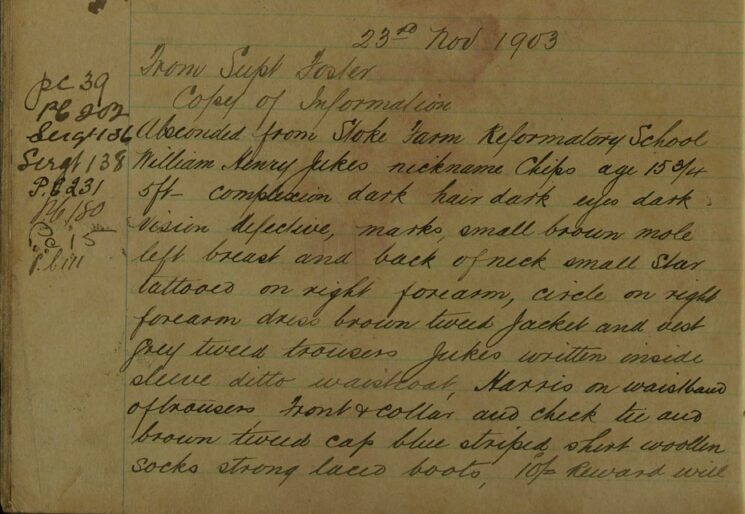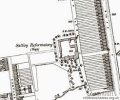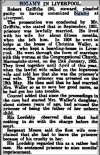Apparently there was a mass breakout from the Stoke Prior reformatory
A SPECTACULAR break-out by more than 60 wayward teenage boys from a Worcestershire reformatory naturally captured the headlines in Berrow's Journal this week exactly a century ago.
"Revolt by Stoke Reformatory Boys" was the banner headline above the report which explained: "On Monday night, Police Superintendent Pitt of the Bromsgrove Division received a telegram from Mr James Campbell, Head of the Stoke Prior Farm Reformatory, stating that more than 60 of the inmates of the institution had escaped.
"The break-out occurred at dusk, the boys making their dash for liberty as they were being brought back from working on the land.
"Supt Pitt at once sent out every available constable to scour the neighbouring country, and within a short time 10 of the runaways had been arrested close to Bromsgrove.
"In custody, one of the oldest of the youths, named Thomas Edwards, slashed out at two constables with a large pruning knife, completely cutting through their coats and grazing their arms.
Rioters
"Later the same night, Bromsgrove police arrested four more youths, while Kidderminster police secured a further two. At Droitwich, the police kept a sharp look out, and captured six of the rioters.
"The Stoke Prior Reformatory accommodates 80 boys, which means that nearly the whole strength participated in the riot. The head and staff state that the break-out came as quite a surprise as the boys appeared to be happy and contented, and nothing was noticed until 6
o' clock on Monday night when the signal was given by the ringleaders to 'Come on' - and practically the whole school went with a rush, the officers being powerless to check the outburst.
"Stoke Reformatory was founded by the late Mr Joseph Sturge in 1853, and this is the most serious break-out of its kind in the history of the institution. The ages of the inmates range from 12 to 18, and for the most part they come from the slums of cities, nearly all having more than one conviction against them. The last out-break by just 15 boys occurred in 1898 when ricks were set ablaze. At the time of going to press, 48 of the escapees had been re-captured and returned to the reformatory.
"On Tuesday, the institution's Committee of Management met under its chairman Sir Harry Foley Vernon and agreed the necessary punishments which the officers are to be allowed to mete out to the juvenile rebels.
Share





